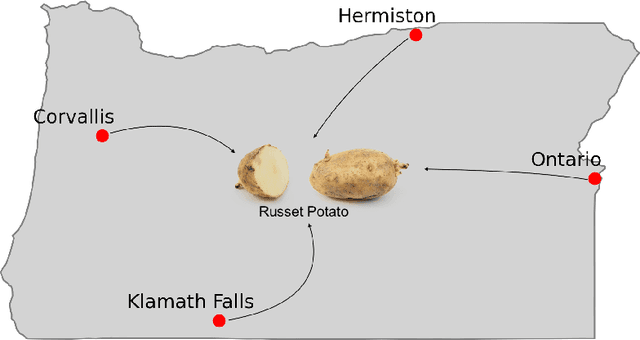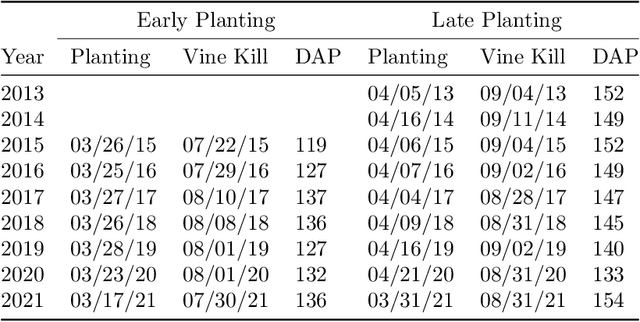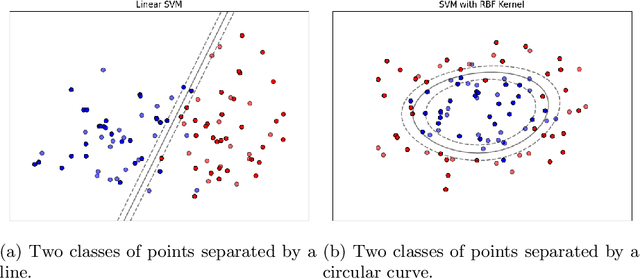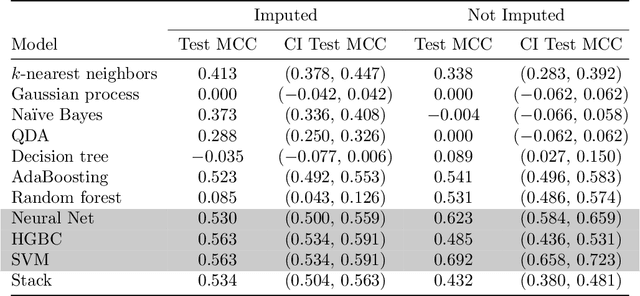Fabiana Ferracina
Learning to Simulate Aerosol Dynamics with Graph Neural Networks
Sep 20, 2024



Abstract:Aerosol effects on climate, weather, and air quality depend on characteristics of individual particles, which are tremendously diverse and change in time. Particle-resolved models are the only models able to capture this diversity in particle physiochemical properties, and these models are computationally expensive. As a strategy for accelerating particle-resolved microphysics models, we introduce Graph-based Learning of Aerosol Dynamics (GLAD) and use this model to train a surrogate of the particle-resolved model PartMC-MOSAIC. GLAD implements a Graph Network-based Simulator (GNS), a machine learning framework that has been used to simulate particle-based fluid dynamics models. In GLAD, each particle is represented as a node in a graph, and the evolution of the particle population over time is simulated through learned message passing. We demonstrate our GNS approach on a simple aerosol system that includes condensation of sulfuric acid onto particles composed of sulfate, black carbon, organic carbon, and water. A graph with particles as nodes is constructed, and a graph neural network (GNN) is then trained using the model output from PartMC-MOSAIC. The trained GNN can then be used for simulating and predicting aerosol dynamics over time. Results demonstrate the framework's ability to accurately learn chemical dynamics and generalize across different scenarios, achieving efficient training and prediction times. We evaluate the performance across three scenarios, highlighting the framework's robustness and adaptability in modeling aerosol microphysics and chemistry.
Predictive Analytics of Varieties of Potatoes
Apr 04, 2024



Abstract:We explore the application of machine learning algorithms to predict the suitability of Russet potato clones for advancement in breeding trials. Leveraging data from manually collected trials in the state of Oregon, we investigate the potential of a wide variety of state-of-the-art binary classification models. We conduct a comprehensive analysis of the dataset that includes preprocessing, feature engineering, and imputation to address missing values. We focus on several key metrics such as accuracy, F1-score, and Matthews correlation coefficient (MCC) for model evaluation. The top-performing models, namely the multi-layer perceptron (MLPC), histogram-based gradient boosting classifier (HGBC), and a support vector machine (SVC), demonstrate consistent and significant results. Variable selection further enhances model performance and identifies influential features in predicting trial outcomes. The findings emphasize the potential of machine learning in streamlining the selection process for potato varieties, offering benefits such as increased efficiency, substantial cost savings, and judicious resource utilization. Our study contributes insights into precision agriculture and showcases the relevance of advanced technologies for informed decision-making in breeding programs.
 Add to Chrome
Add to Chrome Add to Firefox
Add to Firefox Add to Edge
Add to Edge